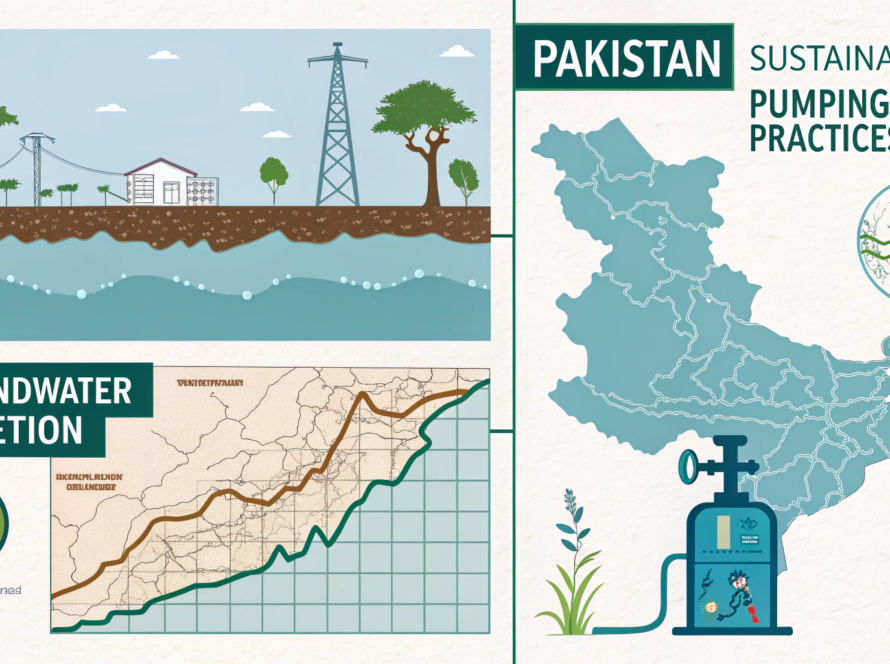In the face of growing water scarcity and increasing agricultural demands, efficient irrigation planning has never been more important. Whether you’re a smallholder farmer or managing a large-scale operation, understanding how to create a farm water budget can significantly improve your water use efficiency, crop health, and ultimately, your yield.
This guide walks you through the step-by-step process of water budgeting for farms—a simple yet powerful tool for optimizing irrigation.
🌿 What Is a Water Budget?
A water budget is a detailed plan that estimates the amount of water a farm needs based on factors like crop type, soil characteristics, climate, and irrigation system efficiency. It helps farmers apply the right amount of water at the right time, reducing waste and boosting productivity.
✅ Why Is Water Budgeting Important?
- 🌱 Saves water and reduces costs
- 📈 Improves crop yield and quality
- 💧 Prevents over- or under-irrigation
- 🌍 Promotes sustainable farming practices
🛠️ Step-by-Step Guide to Water Budgeting
1. Identify the Crop Water Requirement (ETc)
Use the formula:
ETc = ETo × Kc
- ETo: Reference evapotranspiration (from weather data)
- Kc: Crop coefficient (varies by growth stage and crop type)
Local meteorological departments or FAO’s CROPWAT tool can help with accurate values.
2. Estimate Effective Rainfall (Pe)
Not all rainfall contributes to crop needs. Subtract surface runoff and deep percolation losses to calculate effective rainfall.
Total Rainfall – Non-usable Rainfall = Effective Rainfall (Pe)
3. Calculate Net Irrigation Requirement (NIR)
NIR = ETc – Pe
This tells you how much water the crop still needs after accounting for rainfall.
4. Adjust for Irrigation Efficiency
Every irrigation system has losses. Use the efficiency of your system (drip, sprinkler, flood) to calculate the gross irrigation requirement (GIR):
GIR = NIR / Irrigation Efficiency
For example:
- Drip irrigation: ~90% efficient
- Sprinkler: ~70%
- Surface/flood: ~50-60%
5. Plan the Irrigation Schedule
Break the GIR into irrigation events based on crop growth stages, soil water holding capacity, and climatic conditions. A good schedule:
- Minimizes water stress
- Avoids leaching
- Matches field capacity
6. Monitor and Update
Track actual weather, soil moisture, and crop performance. Use sensors or simple field observations to update your water budget weekly or biweekly.
📊 Example Summary Table
| Step | Input | Value (Example) |
|---|---|---|
| 1 | ETo = 6 mm/day, Kc = 0.8 | ETc = 4.8 mm/day |
| 2 | Rainfall = 3 mm/day, Pe = 2 mm/day | |
| 3 | NIR = ETc – Pe | 2.8 mm/day |
| 4 | Drip Efficiency = 90% | GIR = 3.1 mm/day |
| 5 | Schedule: every 3 days | 9.3 mm/event |
💡 Tools You Can Use
- FAO CROPWAT or AquaCrop
- Local Agromet data
- Soil moisture sensors
- Mobile apps like IrriSAT, SmartIrrigation
🌾 Final Thoughts
Water budgeting is not just a technical exercise—it’s a mindset shift toward sustainable agriculture. By understanding your farm’s water needs and planning irrigation scientifically, you can save resources, improve yields, and contribute to a more water-secure future.


